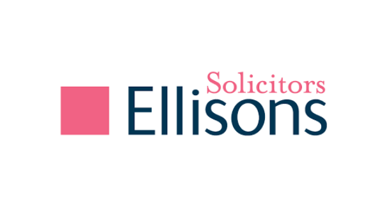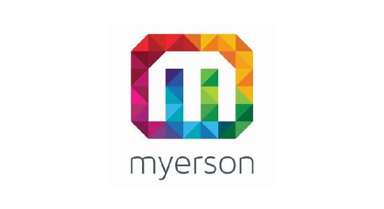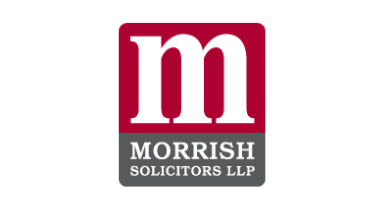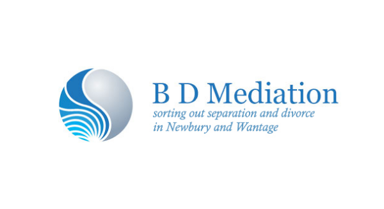The future of fee-earning, says Lee Hanley, Charles Russell’s IT director, is a more independent fee earner whose dictation is carried out by technology, rather than secretaries.
Today’s secretaries are needed for higher value activities, such as filling PA-style roles, but freeing them up means finding a cost effective dictation alternative. Enter speech recognition. It’s not a new concept, but its level of capability is fairly new – it’s now able to deliver strategic value to a law firm.
Hanley and the firm’s journey with Speech Recognition has reformed its secretary-to-fee earner cost ratio while extending support further into the firm, and has helped turn secretaries into higher-value resources to the business.
This is a strategic direction that reflects a longer-term vision for the firm.
We want our future leaders to naturally process work independently and efficiently, such as checking and completing their own documentation. Lawyers who are two years qualified today will be the firm’s leaders in five to 10 years’ time, which means the firm must “constantly consider what the business will look like in 2020 and beyond.
There were also tactical reasons for deploying speech recognition: cost and availability of resources. Coming out of harsh times has meant a return to hiring, but Charles Russell’s decision makers wanted to make sure this didn’t mean more secretaries. But all hires needed some support, so if Hanley could find a solution that gave everyone useful support without extending cost, he would have solved several problems at once.
“Since we started using speech recognition our fee earner head count has gone up around 10-15% and there has been no increase in secretarial support. It will make a much bigger impact in time as we spread it out.”
Speech recognition has moved on, partly by shifting the processing upstream of where the dictation takes place. “The technology is much improved with server-side speech recognition,” says Hanley, who pushed the technology as something that would “solve the firm’s secretary-to-fee earner ratio cost conundrum”. Accuracy, for example, is well over 90% after very minimal work with BigHand’s pre-learning utility. “It really is just fire and forget, and that works really well here.”
The firm piloted BigHand speech recognition with people who “dictate many fairly short dictations, but often still rely on secretaries”. Many came from the company commercial and property litigation areas.
Hanley and those using the system found that speech recognition works best in the firm for small pieces of dictation. Many in the pilot mentioned the benefits of using it for emails – “short and sweet, rather than drafting very long complex documents”, says Hanley.
Dictation is now quicker and cheaper, and work priority has become something of a non-issue, he says.
Work gets done pretty much as quickly as it’s dictated. Fee earners just don’t have to worry about priority and queues, and process time is reduced by at least 60%, often more.
Speed of return has been also dramatically improved, says Hanley, to “well under 10 minutes – and there are very significant efficiencies because there just is no ‘work queue’ now”.
These process efficiencies are delivering competitiveness gains to Charles Russell because of the cost reduction and the fact that clients see a much faster work turnaround.
Speech recognition is a ‘use it or lose it tool’, says Hanley, so the IT team uses built-in reporting to review the number of speech recognition dictations per month, per user. “Six months in, 15% of all dictations now use speech recognition and we’re working to get that higher. Trainees will use BigHand speech recognition from day one, for example.”
Hanley’s advice for firms undertaking similar change is to do the business analysis up front. “It’s not right to deploy to everyone at one go. Find the right type of user and the right kind of partner champions. Don’t just go for a whole department – get a bedrock of 15 happy users across the firm, then spread out gradually in phases.”
It may never dominate as a technology at the firm, and at Charles Russell it won’t be replacing people in the near future – but five years from now Hanley predicts that the firm may well have “started to look at moving dictation work around the firm to help with work load, and the number of users will surely be up – to around 25% of headcount”.
“It’s a project that doesn’t stop – you need to keep it going, but putting the effort in is worth it.”






